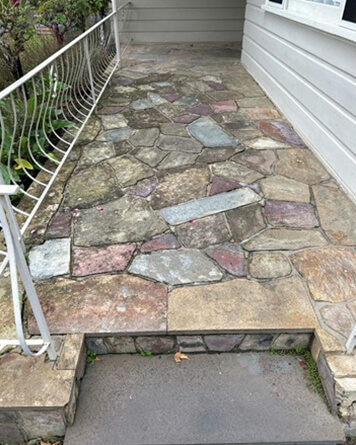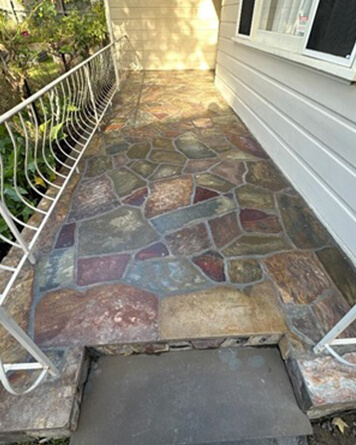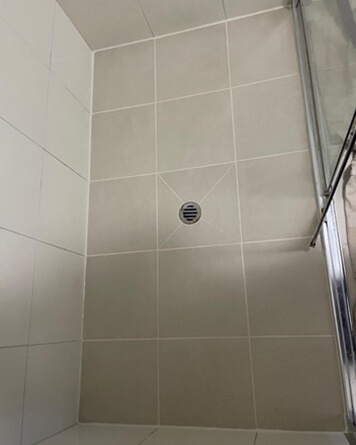Regrouting is the process of removing old and deteriorated grout from the joints between tiles and replacing it with fresh grout. It helps restore the appearance, functionality, and longevity of tiled surfaces.
Regrouting is typically considered when the existing grout is discoloured, cracked, crumbling, or showing signs of wear and damage. It is also recommended if there are areas where grout has completely eroded or if you want to update the colour or style of the grout.
Regrouting can be a DIY project if you have the necessary tools, knowledge, and experience. However, it can be a labour-intensive and time-consuming task, especially for larger areas or if you are not familiar with the process. It is recommended to consult professionals for best results, especially for complex or extensive regrouting projects.
The duration of the regrouting process depends on various factors, such as the size of the area, the condition of the existing grout, and the complexity of the project. Smaller areas may take a few hours, while larger or more intricate projects could take several days. A professional can provide a more accurate timeframe based on your specific requirements.
Regrouting is primarily focused on replacing the grout between tiles and improving the appearance and integrity of the grout lines. It cannot fix cracked or damaged tiles themselves. If you have tiles that are cracked or loose, they may need to be replaced before or during the regrouting process.
The type of grout you should use for regrouting depends on various factors, including the type of tiles, the location (interior or exterior), and the desired look. There are different types of grouts available, such as cement-based grout, epoxy grout, and acrylic grout. It is recommended to consult with professionals or refer to manufacturer guidelines to select the appropriate grout for your specific application.
The drying and curing time of the new grout can vary depending on factors such as temperature, humidity, and the specific grout product used. Typically, it takes about 24 to 48 hours for the grout to dry, and a full cure may take several days. It is important to avoid wetting or putting stress on the newly grouted area during this curing period.
To maintain the newly regrouted surface, it is important to clean regularly using mild, non-abrasive cleaners and avoid using harsh chemicals or abrasive tools that could damage the grout. Additionally, it is recommended to reseal the grout periodically to protect it from stains and moisture penetration.
Yes, regrouting provides an opportunity to change the colour of the grout if desired. There are various grout colour options available, allowing you to update the look and style of the tiled area. It is important to select a grout colour that complements your tiles and desired aesthetic.
Regrouting primarily focuses on improving the appearance and functionality of the grout lines. While it can significantly enhance the overall look of the tiled area, it may not completely restore the appearance of the tiles themselves if they are damaged, heavily stained, or worn.




